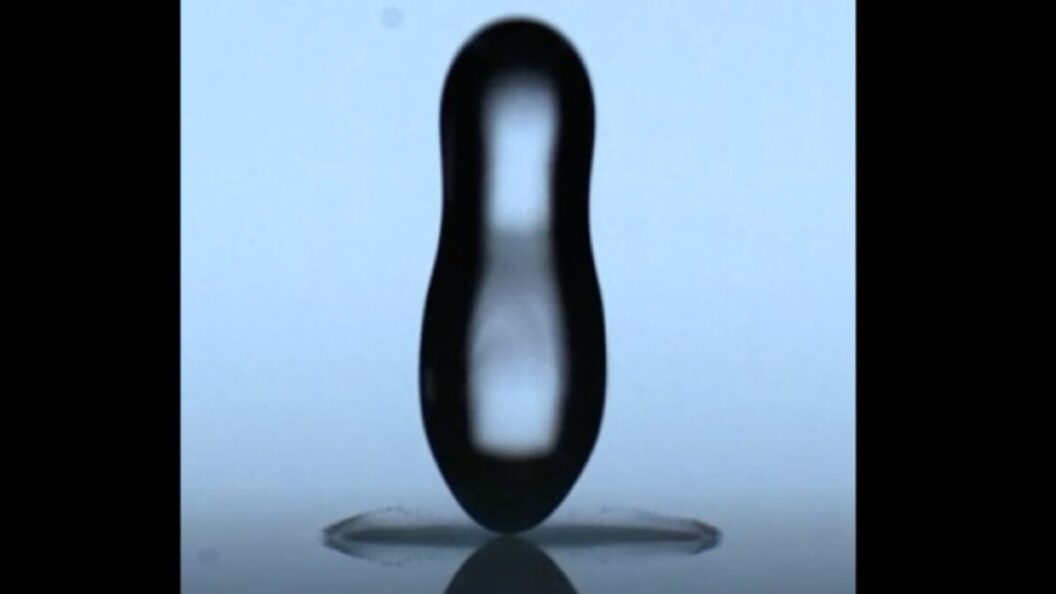New Research Unveils Advances in Droplet Bouncing Phenomena
A team of physicists from the City University of Hong Kong has made significant strides in understanding how hot droplets can bounce off surfaces, showcasing a novel approach to leveraging the principles of the Leidenfrost effect. This study, published in the journal Newton, could have far-reaching implications in a variety of applications, including self-cleaning surfaces, anti-icing technologies, and innovative droplet-based computing systems.
The Leidenfrost Effect Explained
The Leidenfrost effect, first documented in 1756 by German scientist Johann Gottlob Leidenfrost, describes how droplets behave differently on a hot surface that exceeds the boiling point of the liquid. Under such conditions, a layer of vapor forms between the droplet and the surface, allowing the droplet to skim across as if levitating. This interaction creates unique dynamics, where droplets not only bounce but can also travel with remarkable agility. Historically, it was understood that this effect primarily applies to water but can also be exhibited by other liquids, such as oils, albeit at different temperatures.
Recent Discoveries
While earlier experiments have explored the mechanics of both the Leidenfrost effect and its inverse, recent findings from the Hong Kong researchers reveal new possibilities. They demonstrated that hot oil droplets could bounce off nearly any surface, expanding the potential for practical applications in everyday life. The researchers focused on surfaces engineered to minimize stickiness and examined how temperature variations influenced droplet dynamics.
Historical Context of Droplet Dynamics
The Leidenfrost effect was revolutionary when first recognized, primarily due to its counterintuitive nature. Researchers have since unraveled much about the phenomenon, illustrating that droplets riding on vapor not only float due to thermal cushioning but also in some cases, propel themselves. For example, a 2018 study highlighted that smaller droplets gain a degree of mobility by utilizing their thermal energy. Further inquiry in 2019 explained the distinctive cracking sounds associated with larger droplets, attributed to their interaction with the vapor layer beneath.
Implications for Future Technologies
The potential applications of understanding droplet bouncing are wide-ranging. Self-cleaning surfaces could become more practical as droplets bounce away rather than adhere and leave dirt behind. Anti-icing coatings could benefit from enhanced resistance to winter conditions, while anti-fogging technologies could improve visibility in various environments. Such advancements could especially benefit industries like automotive and aerospace, where visibility and surface functionality are critical.
Controversial Aspects and Ongoing Research
Despite the promising findings, some aspects of droplet dynamics remain contentious within the scientific community. For instance, questions linger regarding the precise conditions that optimize the bouncing effect across different liquids and surface materials. Continuous research will be needed to address these queries, which may further unravel the physics governing fluid dynamics on heated surfaces.
Conclusion
In summary, the latest research from the City University of Hong Kong not only revisits the well-established Leidenfrost effect but also opens the door to new possibilities in material science and technology. As researchers further explore droplet behaviors, the findings may lead to innovative solutions that could transform multiple industries, enhancing our interaction with technology and the environment. The ability to control the behavior of liquids on surfaces could mark a pivotal leap in engineering, making it a topic worth following closely in the years to come.









